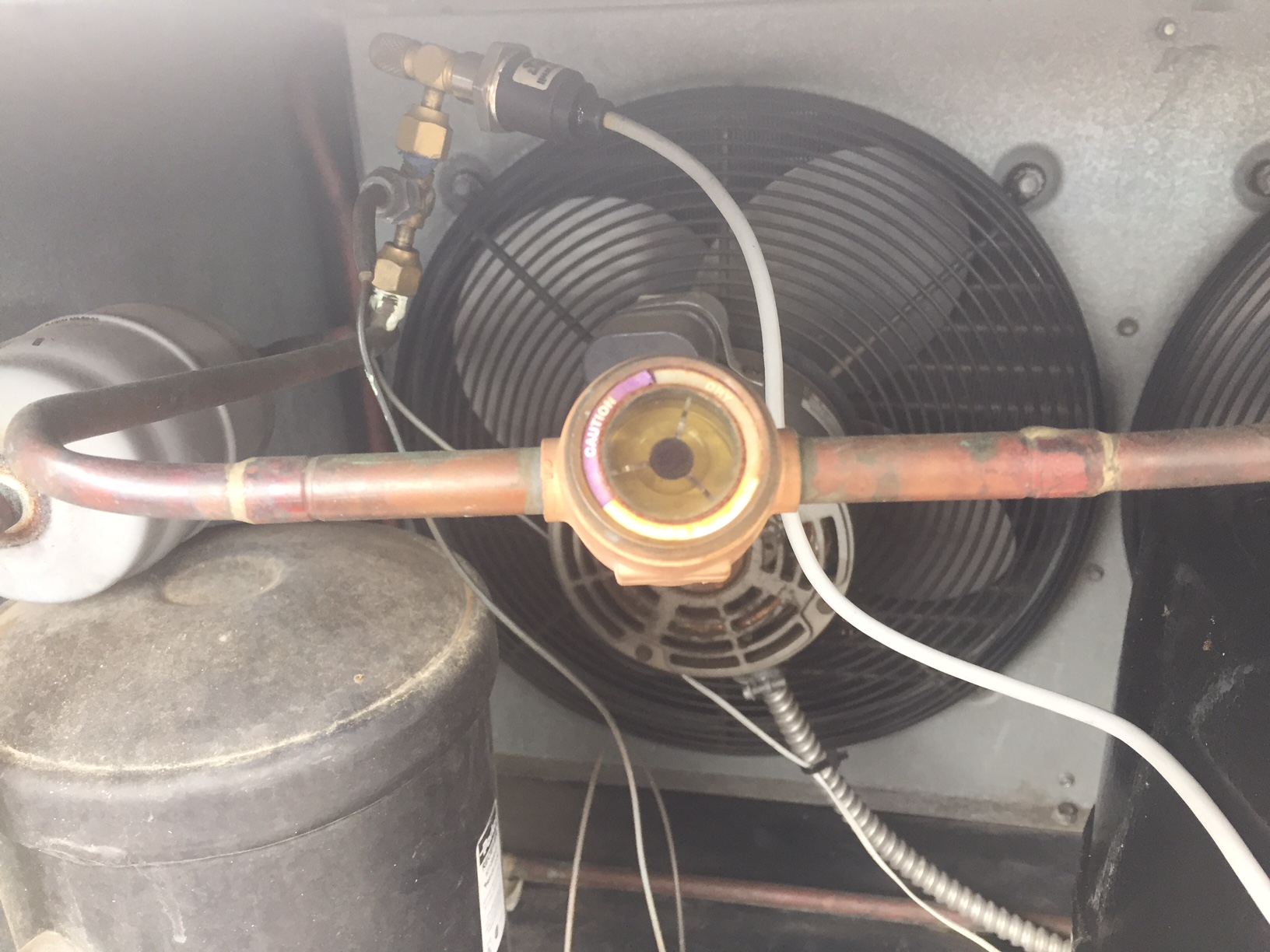Subcooling is often a lightly understood practice for new HVACR technicians entering the field. This blog post seeks to outline what it is, why it’s useful, and some of its best practices.
In most cases, a new-to-the-field HVACR technician can tell you, in general terms, what liquid subcooling is. Perhaps even what it does, or why it’s important. But, according to John Tomczyk, author and professor emeritus of Ferris State University, confusion for new technicians stems from questions about the preferred amount of subcooling, and what should they use.
But first, let’s define subcooling.
In an exhaustive article for ACHR News, Brian Orr, cofounder of a service company, and founder of HVACRSchool.com, describes it in short: “subcooling tells you that you have a full line of liquid refrigerant in the liquid line.”
Expanding on that basic definition, he continues, “a lot of new techs, especially if they haven’t been exposed to refrigeration or a refrigerant sight glass, don’t really understand. A refrigerant sight glass is essentially doing the same thing we’re doing when we’re measuring subcooling, which is first and foremost proving the liquid line is 100 percent full of liquid. Additionally, a lot of technicians have this belief that subcooling is only useful when you’re working with electronic expansion valves (EEVs) or thermostatic expansion valves (TXVs), and that’s just not true. Subcooling is an important measurement to take on any type of metering device in a comfort cooling system.”
Tomczyk describes subcooling as measuring the difference between liquid temperature and the liquid saturation temperature at a given pressure. “A lot of people think it’s an amount, but it’s a measured amount,” he said. “You have to measure two different temperatures. Take the condensing temperature and the condenser outlet temperature, and the difference between the two is the amount of subcooling.
“Let’s say the condensing temperature is 100°F. Put a thermistor on the condenser outlet, and let’s say that’s 90°,” continued Tomczyk. “So, you have 10° of subcooling. Technicians get confused thinking that just because there is 10° of subcooling, it means there is a certain amount of liquid in there. That is not true. It just means the liquid is cooled 10°.
“For instance, if you put that condenser in a really cold ambient outside, you can have 1 inch of liquid to give you 10° of subcooling, because it’s cooling really fast,” Tomczyk continued. “But sometimes, you can have a foot backed up in the condenser with only 10° of subcooling. It’s not an amount of liquid; it’s how fast the liquid is cooling.”
Why is it important to understand the nuances of subcooling and how to appropriately measure it?
“You subcool liquid because you don’t want it to get to the metering device without being subcooled; otherwise you’ll have premature flash gas,” Tomczyk said. “If you start flashing in the liquid line, you’re losing refrigeration effect, which takes away from the efficiency of the system.”
Orr shared similar sentiments. “A lot of technicians miss that even small changes in subcooling can have a significant impact on system capacity and efficiency.”
What are some of the best practices for subcooling?
- Consult the manufacturer’s documentation to see what is expected/recommended for the particular piece of equipment
- If the system is designed, for example, for 12° subcooling, set it for 12° subcooling
- Measure subcooling on every refrigeration system in the facility
- Let the system run long enough for it to stabilize before measuring subcooling
- Measure liquid line pressure and convert that into its equivalent saturation temperature. Then measure the liquid line temperature. The difference is the subcooling value.
For a deeper dive into this topic, ACHR News has an extensive article on subcooling and its practices here.




